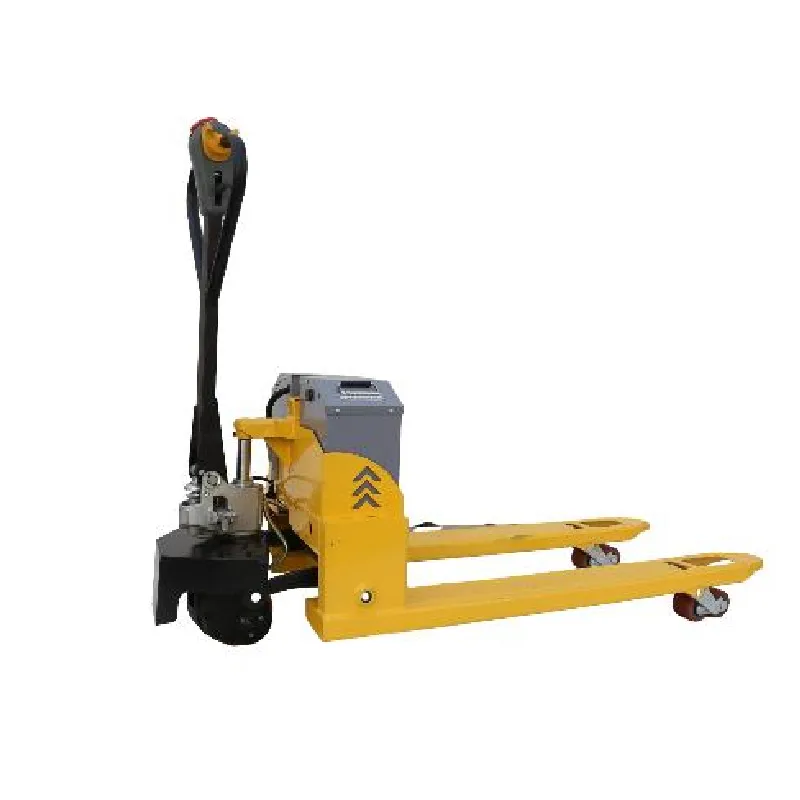


The Lever Hoist Block A Versatile Tool for Lifting and Handling
In the realm of lifting and material handling, the lever hoist block stands out as an essential tool that combines efficiency, versatility, and practicality. This manually operated device is designed to make lifting heavy loads simpler and safer, making it a preferred choice in various industries, from construction and manufacturing to shipping and warehousing. Understanding the components, functions, and benefits of lever hoist blocks can help emphasize their importance in modern operations.
What is a Lever Hoist Block?
A lever hoist block, more commonly referred to as a lever hoist, is a mechanical device used to lift heavy objects through the application of leverage. The design typically includes a hand-operated lever, a ratchet mechanism, and a lifting hook. The user pulls down on the lever, which engages the mechanism, allowing the load to be lifted with less effort. This makes it especially useful for lifting items that would be impractical or dangerous to move manually.
Key Components and Functionality
1. Lever Mechanism At the heart of the lever hoist block is the lever mechanism. The length of the lever arm allows the operator to exert force on the end of the lever, multiplying their strength and enabling the lifting of heavy loads. The mechanical advantage gained from this system means that even a relatively lightweight individual can lift substantial weights.
2. Ratchet and Pawl System The ratchet system locks the load in place once lifted, preventing any accidental drops. This safety feature is critical in preventing injuries and damages during operations. When the lever is pulled, the pawl engages with the ratchet, allowing for controlled lowering of the load while maintaining safety.
3. Lifting Hook The lifting hook is a crucial component that attaches to the load. Its design allows for easy connection and disconnection from various objects, providing a flexible and adaptable solution for diverse lifting needs.
4. Chain or Cable Depending on the design of the lever hoist block, it may use a chain or cable that facilitates the lifting process. Chains are often preferred for their strength and durability, especially in heavy-duty applications.
Applications and Advantages

Lever hoist blocks are widely utilized in several scenarios
- Construction Sites They are essential for lifting materials, tools, and equipment to various elevations. The ability to maneuver and control heavy items enhances safety and efficiency on construction sites.
- Manufacturing In factories, lever hoists can lift components and machinery parts, streamlining production processes and minimizing downtime.
- Transport and Shipping Lever hoists assist in loading and unloading goods from trucks and containers, facilitating smoother logistics operations.
One of the primary advantages of lever hoist blocks is their portability. Unlike electric and pneumatic hoists, lever hoists do not require power sources, allowing them to be used in remote locations or areas without electricity. This independence makes them a valuable tool for outdoor projects or emergency situations.
Safety Considerations
While lever hoist blocks are incredibly useful, safety should always be a priority. Operators should be trained in proper usage techniques to avoid accidents. Regular maintenance checks should be conducted to ensure all components are functioning correctly. Using the right lever hoist for the load capacity and working conditions is essential; exceeding weight limits can lead to equipment failure and serious injuries.
Conclusion
The lever hoist block represents a remarkable fusion of simplicity and mechanical ingenuity. Its design supports a range of lifting tasks, making it an indispensable tool in various sectors. By understanding its components and applications, users can fully leverage its potential to enhance productivity while ensuring safety. As industry demands grow, the versatility and reliability of lever hoist blocks will undoubtedly keep them in high demand, solidifying their role as a cornerstone in the field of material handling.



